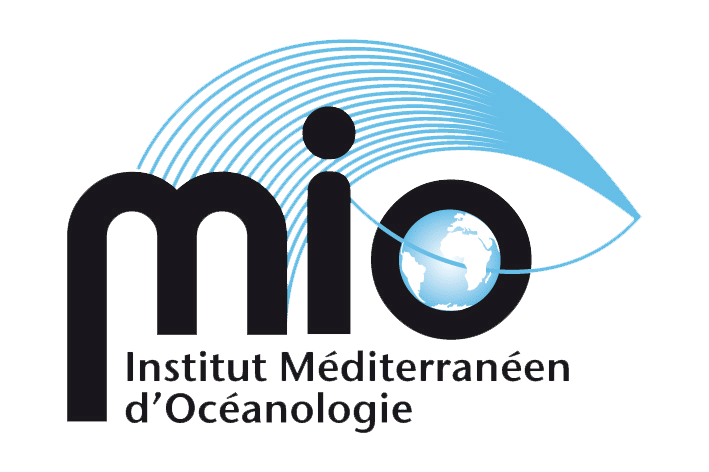Sargasso programme - The proliferation of brown algae
In search of the New Sargasso Sea
Everyone is familiar with the Sargasso Sea described by Christopher Columbus during his Atlantic crossing. It was discovered just as the entire crew of his expedition was beginning to feel that time was running out and was worried about touching land again. It is located off the coast of Bermuda. But what is less well known is that a new Sargasso Sea is currently emerging, further south, in the tropical North Atlantic. This is the focus of the Sargasso Expeditions, organised by the University of Aix-Marseille and the IRD (Institut de Recherche et de Développement), with the support of the French Oceanographic Fleet, Monaco Exploration, the Universities of Bretagne-Occidentale, Antilles, Pernabouco (Brazil) and Abidjan (Ivory Coast).
The Sargasso Expeditions were originally set up in response to a major concern of the populations of the French West Indies, who have been repeatedly confronted since 2011 with brown tides followed by considerable groundings. This has catastrophic consequences for benthic fauna and flora, as well as for human health and activities. But in reality, these massive strandings of pelagic Sargassum are widespread all around the northern tropical Atlantic Ocean. They are found in the Lesser and Greater Antilles, on the coasts of French Guiana, Brazil and West Africa, and around the Gulf of Mexico. Analysis of satellite images has made it possible to reconstruct their course from the Atlantic, opposite the mouth of the Amazon, but the precise identification of these Sargasso species is not known, and the causes of the appearance of this "New Sargasso Sea" remain hypothetical.




